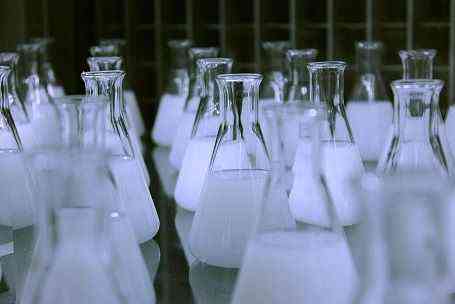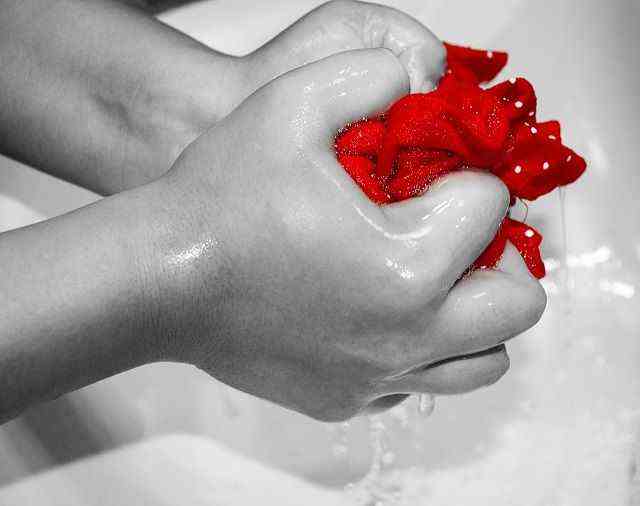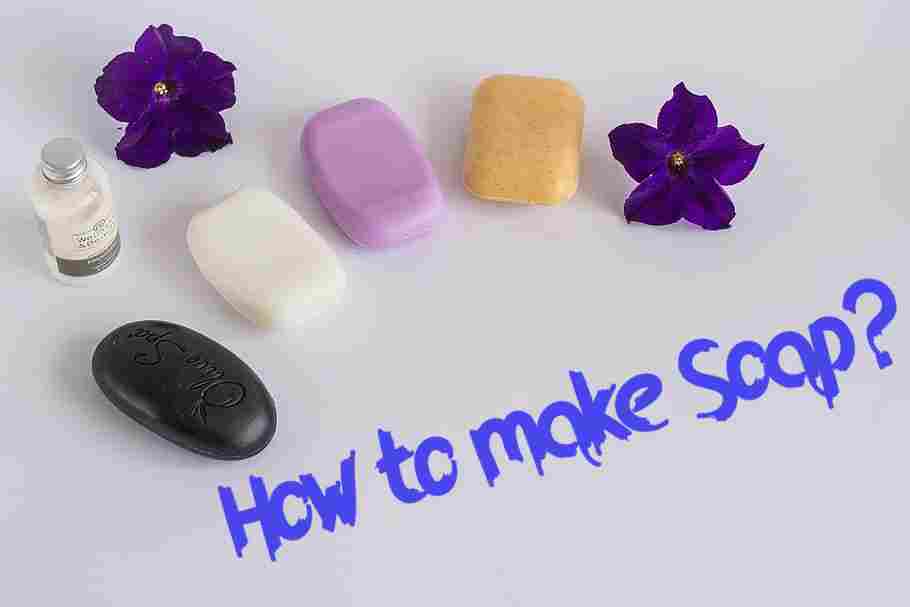Soap is one of the most important things used in everyday life. It is mainly used for washing, cleaning, and bathing. Soap usually gets rid of oil, dirt, germs, and bacteria. We use it several times a day. Germs exist all around us. Soap does play a vital role in getting rid of germs and dirt for everyday life. So, the main topic of our discussion today is about Soap.
Learning topics:
1. Process of making soap.
2. How soap eliminates dirt?
1. Process of making soap:

Firstly, what comes to your mind when it’s about making something? Well, obviously, “Ingredients.” So, let’s see what the ingredients that we need to make soap.
Ingredients:
- Measuring cylinders
- Glass Beakers
- Common Salt
- Coconut oil
- 20% NaOH solution
- Bunsen Burner
- Filter paper
- Funnel
- Tripod stand and clamp stand.
- Litmus paper.
Procedure step-by-step:
1. First, measure 25 ml coconut oil into a measuring cylinder.
2. Pour the oil into a glass beaker.
3. Then, you need to take another measuring cylinder for measuring 30 ml. of 20% NaOH.
4. Pour the NaOH into the same beaker of coconut oil.
5. Shake the mixer using by the glass rod.
6. Then, exothermic reaction between NaOH and coconut oil will start. Hence, you can observe the beaker is starting to warm up.
7. Place the beaker on the bunsen burner.
8. Heat it until the mixture becomes a whitey paste.
9. Here the mixture is made up of soap which is in suspension form and glycerol as well.
10. Remove the beaker and allow it for a while to be cool.
11. You can now taste the soap suspension whether it's basic in nature or acidic. Remember, soap is a basic in nature.
12. Add 15 grams of common salt into the suspension.
13. Stir the suspension by the glass rod and observe the soap is settled out as a solid.
14. Filter the soap by filter paper and funnel. Soap will be left on the filter paper.
15. Collect the soap with another filter paper pressing on collecting soap. Then you can put it in a mold to get your intended shape. Thus the soap is prepared.
2. How soap eliminates dirt?

Basically, a soap molecule is a long hydrocarbon chain. The formula of soap is C17H35COONa. It is just a sodium salt of fatty acid. It has a hydrophilic end and hydrophobic end. Hydrophilic is water-loving, and hydrophobic is water repellant. The interesting thing is the hydrophobic end is lipophilic. Lipophilic means oil-loving. A soap molecule has a long tail bonded with (-CH2-CH2-......COO). When the soap molecules come into contact with the oily or fatty dirt, the hydrophilic end bonds to the water molecules, and the long hydrophobic chain sticks to the dirt. Oily and fatty dirts are also hydrophobic, so they repel water.
You'll often hear, "Oil doesn't mix with water." The oil particles closely bind with soap's hydrophobic portion. Then, the dirt becomes like a sphere. And each dirtball repels other dirtballs. Because it is surrounded by negative charges. The negative charge bonds with water molecules. Means, it's all surrounded by water. Then when we shake the cloths strongly, all the negative charges which were bonded with water get away from the cloth easily.
Finally, the dirt runs out of clothes and body and floats in the water. So, this is how soap cleans dirt and grime.
THANKS FOR LEARNING WITH US! Check out my author page for more Chemistry posts and please support our educational portal.


